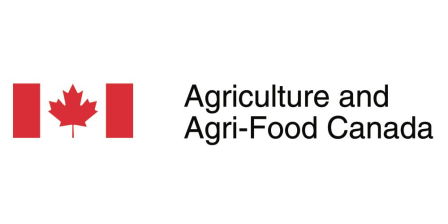

Monitoring the Impact of Weather and Climate on Agriculture in Western Canada
Information
Weather and climate play important roles in agriculture production throughout Western Canada. Risks associated with weather and climate are one of the most expensive risks to the Canadian agriculture sector. Across the country, Canadian producers face serious economic impacts from extreme weather events every year. Producers experience drought, flooding, excess moisture, frost, or abnormal severe weather events in part of Western Canada each year. These events significantly impact the agricultural production including the growth of crops, hay and pasture production, water availability and quality, and feed quality and availability. Severe weather events are becoming increasingly common and destructive to the agriculture sector. By implementing a variety of monitoring mechanisms Agriculture and Agri-food Canada (AAFC) is better equipped to plan for these events and to develop adaptive programs that help mitigate their impacts on agriculture.
AAFC's National Agroclimate Information Service monitors weather and climate and the related impacts to the agricultural sector. Monitoring programs utilize weather stations, satellites, agroclimate models and networks of agricultural specialists to ensure that the department and the agriculture sector are aware of regional challenges producers face. Daily agroclimate maps, weekly satellite soil moisture maps, monthly drought assessments and monthly agroclimate impact products provide AAFC with the ability to communicate challenges producers may be facing and the risks associated with those impacts. Despite a heavy reliance on automated weather stations, models, and remote sensing, some of AAFC’s most useful data related to weather and climate risks comes from producers through the Agroclimate Impact Reporter activity. This tool allows producers and agriculture specialists to provide AAFC with data on how the weather has impacted them. This information in conjunction with the AAFC’s other monitoring products provides a valuable resource for decision-makers, including departmental programs and policies.



